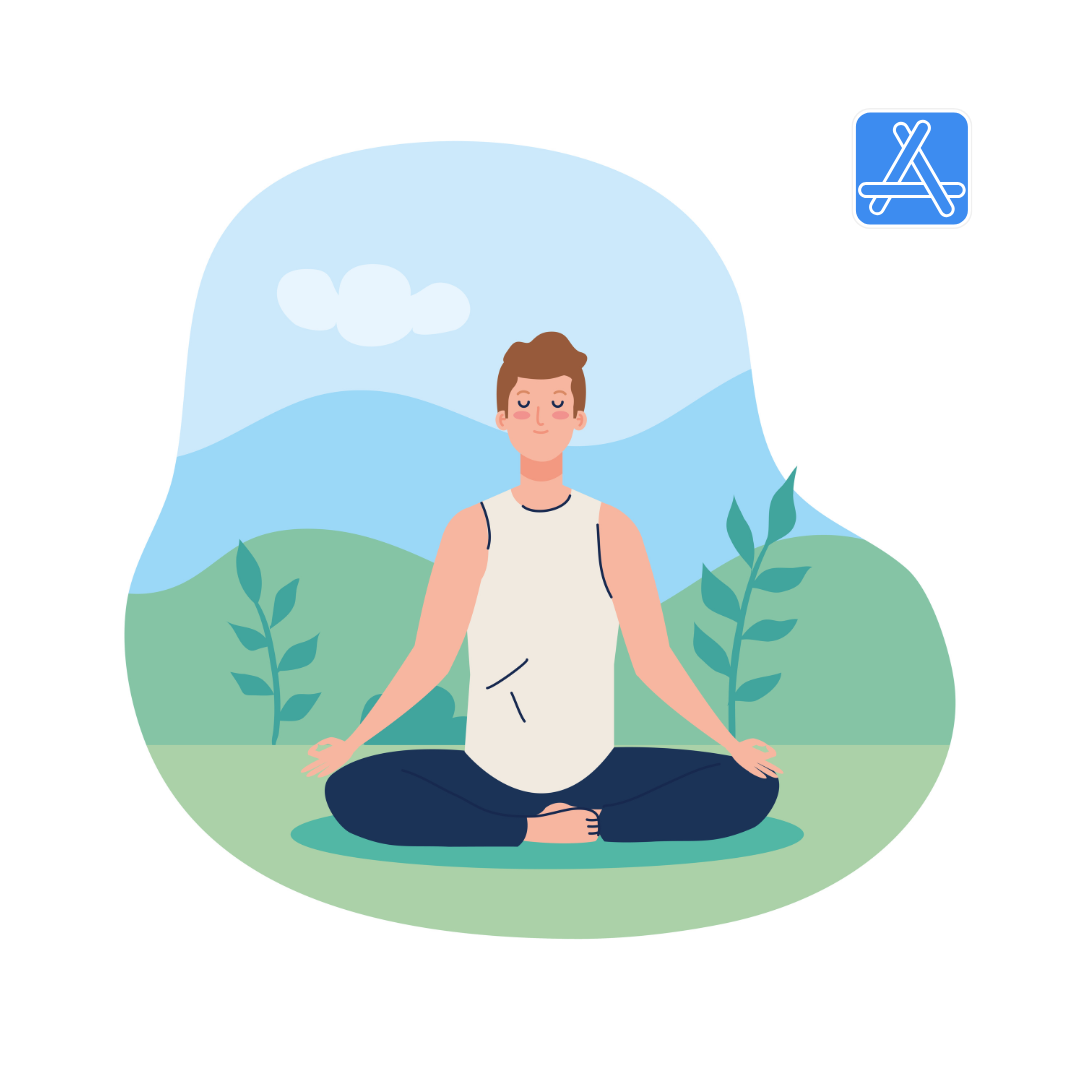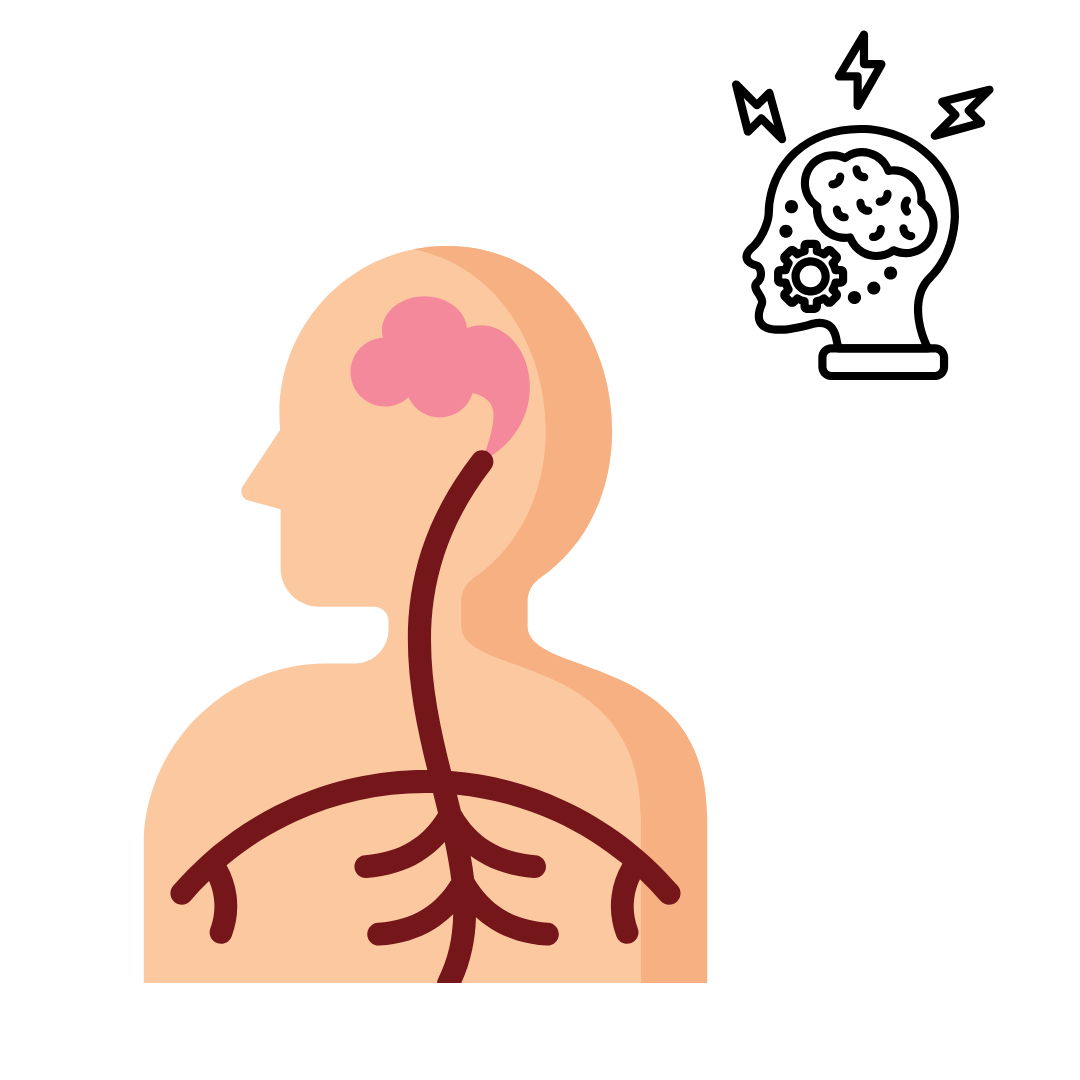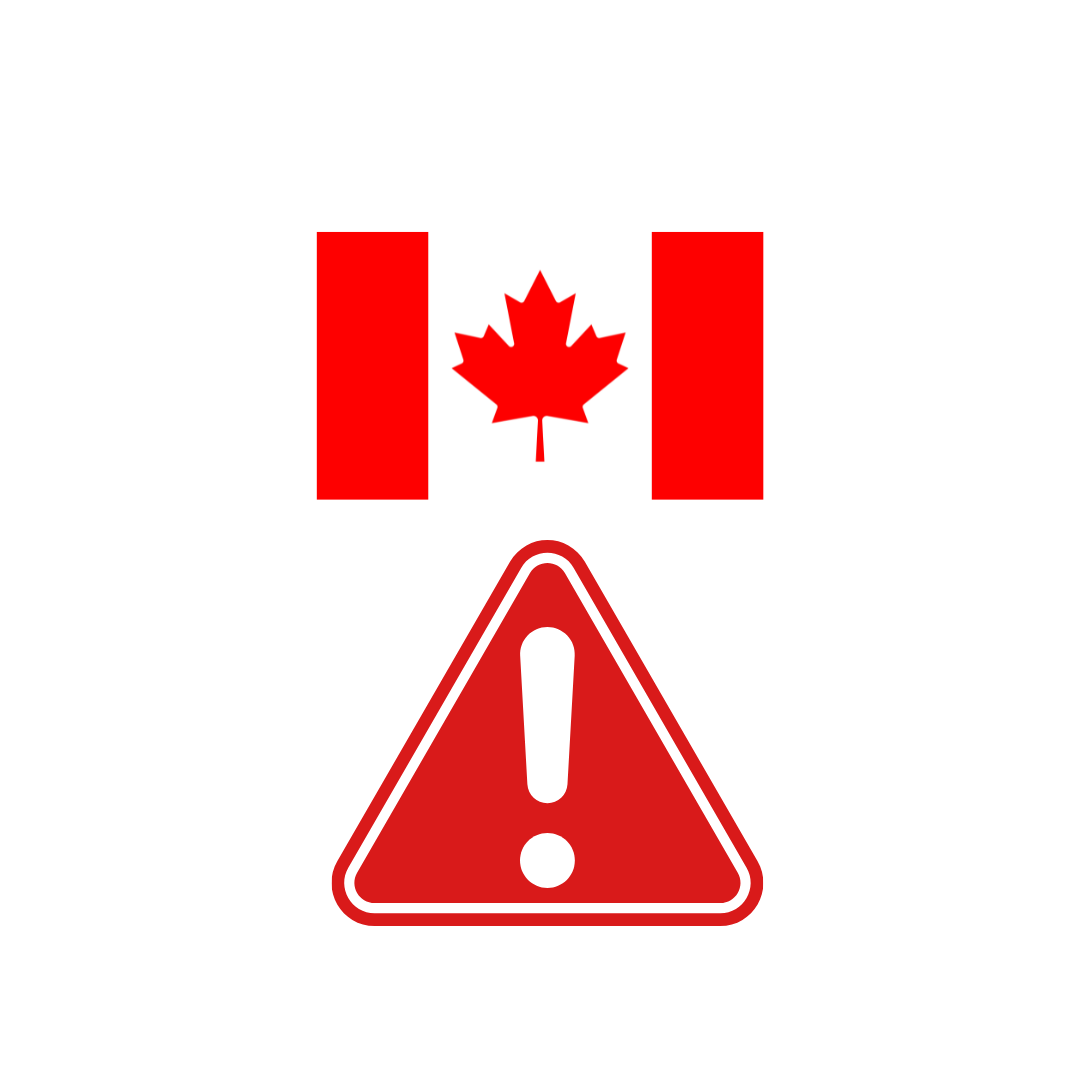Blog

Small Walking Adjustment Could Ease Knee Pain and Slow Arthritis Damage
A new study suggests that a small change in the way you walk could help ease knee pain and even slow the progression of osteoarthritis, a common joint disease that affects about one in seven Americans. Researchers from NYU Langone Health, the University of Utah, and Stanford University found that adjusting the angle of the foot slightly inward or outward—based on each person’s unique walking pattern—reduced stress on the inner part of the knee, where damage often occurs. Over the course of a year, people trained to walk at their ideal foot angle reported less pain, showed slower cartilage breakdown on MRI scans, and experienced less joint strain compared to those who kept walking normally. Experts say this personalized, low-cost approach could help delay the need for knee replacement surgery and may offer a safer alternative to long-term pain medications, which can carry serious side effects. Advances in artificial intelligence may soon make it possible to find your best walking style with just a simple video taken in a clinic—or even on a smartphone.
Read More
Meditation Apps: Making Mindfulness Easy, Accessible, and Personalized
Meditation apps have become a popular way for people to practice mindfulness and reduce stress, offering easy access anytime and anywhere. Even just a few minutes, a few times a week, can help improve mood, ease anxiety, and promote better sleep. These apps fit into busy lives, letting you meditate while waiting in line or during a quick break. While they aren’t a complete replacement for in-person meditation classes or teachers, they’re a great way to get started and build healthy habits. The challenge for these apps is keeping people engaged over time, but with new technology like AI-guided sessions, meditation is becoming more personalized and easier to stick with than ever before.
Read More
FDA Approves First Drug-Free Implant to Tackle Rheumatoid Arthritis
In a major medical first, the U.S. Food and Drug Administration has approved the SetPoint System, an implantable device that uses mild electrical pulses to stimulate the vagus nerve and reduce inflammation in people with moderate to severe rheumatoid arthritis (RA). About the size of a multivitamin and placed in the neck, the device activates the body’s natural “inflammatory reflex,” offering a drug-free alternative to expensive immunosuppressants, which can raise infection risk. The technology stems from a discovery made 20 years ago by neurosurgeon Kevin Tracey, who found the vagus nerve could act like an “on-off switch” for the immune system. In a year-long clinical trial of 242 RA patients, over half saw major symptom relief or remission, with most side effects being mild. While long-term safety outside trials is still unknown, the device will begin rolling out in select U.S. cities this year, with researchers exploring its potential for other autoimmune and inflammation-related diseases.
Read More
Why Weight Loss May Not Reduce Hip Osteoarthritis Pain
New research shows that for people with hip osteoarthritis, losing weight through a very-low-calorie diet combined with exercise does not reduce hip pain more than exercise alone, even if they are overweight. While both groups experienced less pain after six months, the extra weight loss didn’t lead to significantly better pain relief. This is different from knee osteoarthritis, where weight loss can make a bigger difference. Experts believe this is because hip pain is more related to the shape and structure of the hip joint itself. So, for those with hip OA, staying active with exercise is important, but losing weight might not reduce pain as much as expected. This information could also help patients and doctors decide when surgery might be the best option without delaying for weight loss first.
Read More
Health Canada Warns Against Unauthorized Injectable Peptides Sold Online
Health Canada is warning the public about the serious health risks of using unauthorized injectable peptide drugs, which are often promoted online for muscle building, weight loss, anti-aging, or athletic performance. These products—sold through websites like the now offline "Canada Peptide"—have not been approved for use in Canada and may lead to harmful side effects such as infections, allergic reactions, or dangerous interactions with other medications. Health Canada urges people not to buy or use these drugs and to dispose of them safely through a pharmacy or local hazardous waste program. To stay safe, always check for an official Drug Identification Number (DIN), Natural Product Number (NPN), or Homeopathic Drug Number (DIN-HM) on the label, and only purchase prescription medications from licensed pharmacies.
Read More